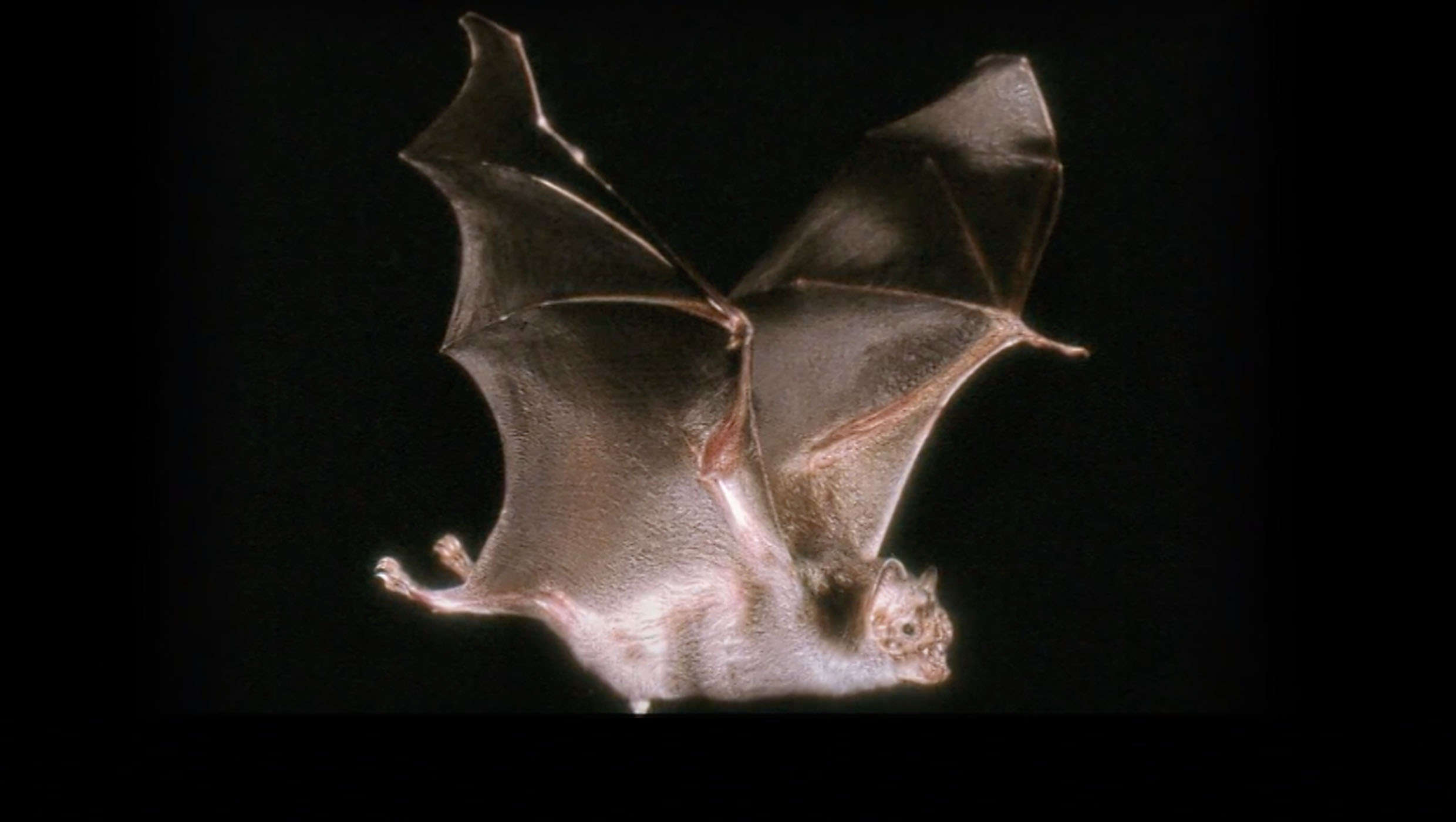Create a free profile to get unlimited access to exclusive videos, sweepstakes, and more!
Vampire bats hide in their lair like Dracula when they feel sick (talk about social distancing)

Bram Stoker’s famously undead Dracula might be able to turn you into a vampire and make the metamorphosis look like the flu, but a real vampire bat will crawl into the darkness of its lair if it isn’t feeling up to sucking blood that night.
Bats socially distance without quarantine guidelines or mandated lockdowns (thanks for sabotaging Halloween, COVID). New research has shown that sick vampire bats are reclusive and stay away from others and until they have recovered enough to emerge again. It does keep disease from possibly infecting the entire colony. However, if you think these bats are doing each other a favor, they probably wouldn’t know what to do with a mask even if they had one in front of them. They stay in the shadows and shun twilight because they feel more like zombies than vampires.
“Sickness behavior causes lethargy and decreased movement. Basically, the bats don't feel well, are sleepy and move less. Therefore, they encounter fewer other bats. We call this 'passive social distancing’,” Simon Ripperger, who monitored the bats in Belize with his research team and co-authored a study recently published in Behavioral Ecology, told SYFY WIRE.
No bats were harmed during this study. They were just injected with lipopolysaccharide (LPS), which switched on their immune system without any pathogens involved, making them feel as if they’d come down with something. Both “sick” and healthy bats, which were injected with saline, had tiny proximity sensors attached to their backs before being released back into the wild. This is how Ripperger and his colleagues monitored changes in their association behavior over time. The bats who started to feel the effects of the LPS grew lethargic and showed a drastic decrease in grooming, contact calling and other social behaviors. They preferred to hide out in their lair instead.
There was still nothing altruistic observed about this. Even sick ants purposely creep away to save the colony, and there are other insects that shun any afflicted members of their colonies to keep the plague from spreading. Vampire bats do not shun their sick bloodsucking brethren. However, the absence of any intention in their social distancing goes against the evolutionary tendencies of these otherwise social creatures. They behave less like they are consciously self-quarantining and more like someone who stays in bed with their Netflix and cough drops because they feel too weak and exhausted to do much. Catching a nasty virus will do that.
“What the bats experience is probably quite similar to what we experience when we're sick. If we catch the flu, we also feel exhausted and don't want to get out of bed or the apartment. We therefore encounter fewer people as a consequence,” Ripperger said. “It is important to keep in mind that the bats do not actively self-isolate.”
Social encounters between bats were identified by the strength of the signals from their trackers. Because the antennas that picked up these signals were located at the bottom of the hollow tree the bats roosted in, below the actual colony, it was possible to keep monitoring data without disturbing them. Vampire bats fly out on their own to hunt. Sick bats were less likely to leave the tree, so that had no effect on the rate of association. The daylight hours during which both healthy and sick bats were asleep also had no effect. The most effects were seen during the dark hours when the bats would usually associate with each other.
Sick bats were found to associate with an average of four fewer colony mates than control bats. Associations between sick bats and others were also about 25 fewer minutes shorter. Average association time for all possible control bats was 15 minutes an hour compared to 10 minutes an hour for sick bats. The controls had a 49% chance of associating with another control, but only a 35% chance of associating with a sick bat—not because they were shunning the sick ones, but because sick bats had exiled themselves. As the LPS wore off, bats who had been self-quarantining started to reclaim the night.
“How we behave influences how a pathogen transmits. And therefore, understanding social behavior is vital for predicting how a disease spreads,” said Ripperger. “For us, it was also a big step forward to study sickness behavior in the wild. That was only possible with the new technology, the proximity sensors. The sensors allowed us to observe the social network of an entire social group at high temporal resolution.”
Too bad bats don't get Netflix.



























